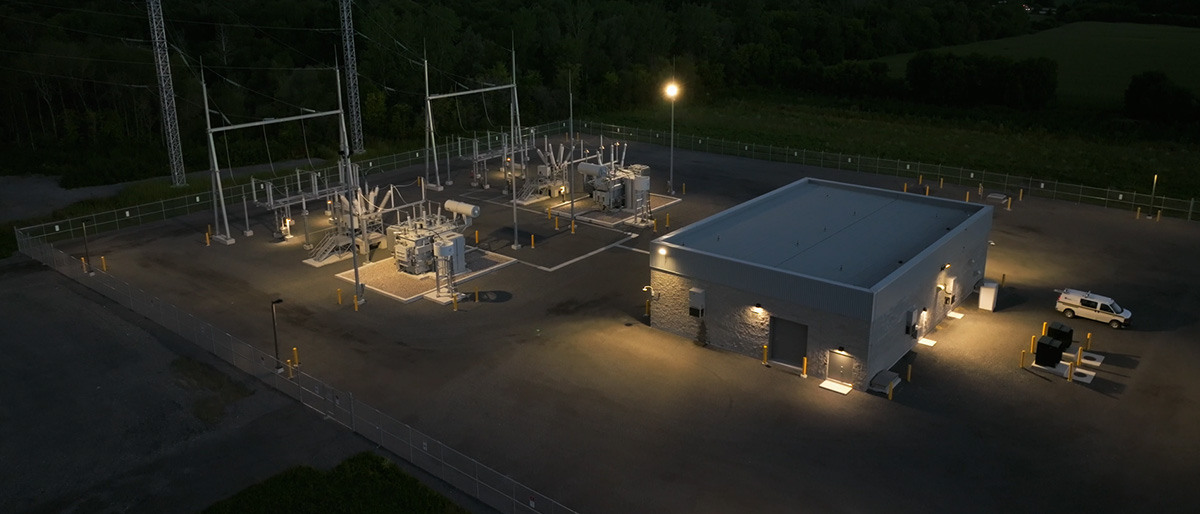New infrastructure and initiatives will help prepare Ottawa’s energy grid to support increasing electrification.
Electrification will drive a surge in demand.
The transition from fossil fuels to electricity will have major impacts on energy consumption patterns, creating both opportunities and challenges for our electricity distribution system. Demand is expected to reach new heights as more customers adopt technologies like electric vehicles (EVs) and heat pumps.
To ensure our grid is ready for this shift, we need to invest in adding to its capacity.

EVs are the future of transportation.
More and more vehicles on Ottawa’s roads will be powered by electricity, driven by Canada’s ambitious goal to phase out the sale of combustion-powered vehicles by 2035.
- EVs include not only cars but also buses, trucks and even bikes. Many public transit agencies operating huge fleets are looking at electric options to make their operations more sustainable and environmentally friendly, including OC Transpo.
- As Canadians embrace the electrification of transportation, cities need to make sure there are enough charging stations available and that their power grids have the capacity and resilience to support increased energy demand.
We’re preparing our grid for the future.
Strategic infrastructure investments will help us meet the anticipated growth in electricity demand, including new substations, increased operating voltages and new lines. Other measures include introducing customer incentive programs that promote efficient electricity use, as well as expanding our use of distributed energy resources, such as solar panels and battery systems, to improve management of peak-demand periods.
New innovations will help us manage increased energy demands.
We’re getting ready for greater demand on our grid in a number of ways, including:
- Expanding our use of smart grid technology, which employs sensors and automation to enable real-time monitoring and management of electricity flows. This technology can also make it less expensive to charge an EV overnight. This would encourage charging during off-peak hours, reducing increased demand on the grid caused by the electrification of vehicles.
- Exploring the use of artificial intelligence (AI) to better predict demand based on real-time data about energy costs and grid strain. With visibility into the availability of battery energy storage and renewable generation, we could inform EV drivers of when and where they can get the greenest and least expensive energy.
Investing today will keep us ahead of demand.
Proactively preparing for the future is critical to meeting the demands of a rapidly changing energy landscape. Failing to invest in necessary infrastructure upgrades puts us at risk of falling further and further behind — with potential consequences for our customers. To avoid these, we must expand and modernize our grid.
Electricity powers our lives.
From work and leisure to transportation and healthcare, we need to ensure our grid can support our energy needs today and tomorrow.
- An overloaded, outdated system will buckle under the pressure of increased demand, resulting in more frequent and widespread power outages that disrupt daily life, businesses and essential services. If we must limit new connections to our grid, economic growth and development will also suffer.
- Ottawa’s population has grown significantly in recent years, and comparable growth is expected in the years to come. As a result, we’ve seen a steady expansion in the number of new customers needing connections to our network. Investment is required to make sure we can continue to serve power to everyone in our service area who needs it.